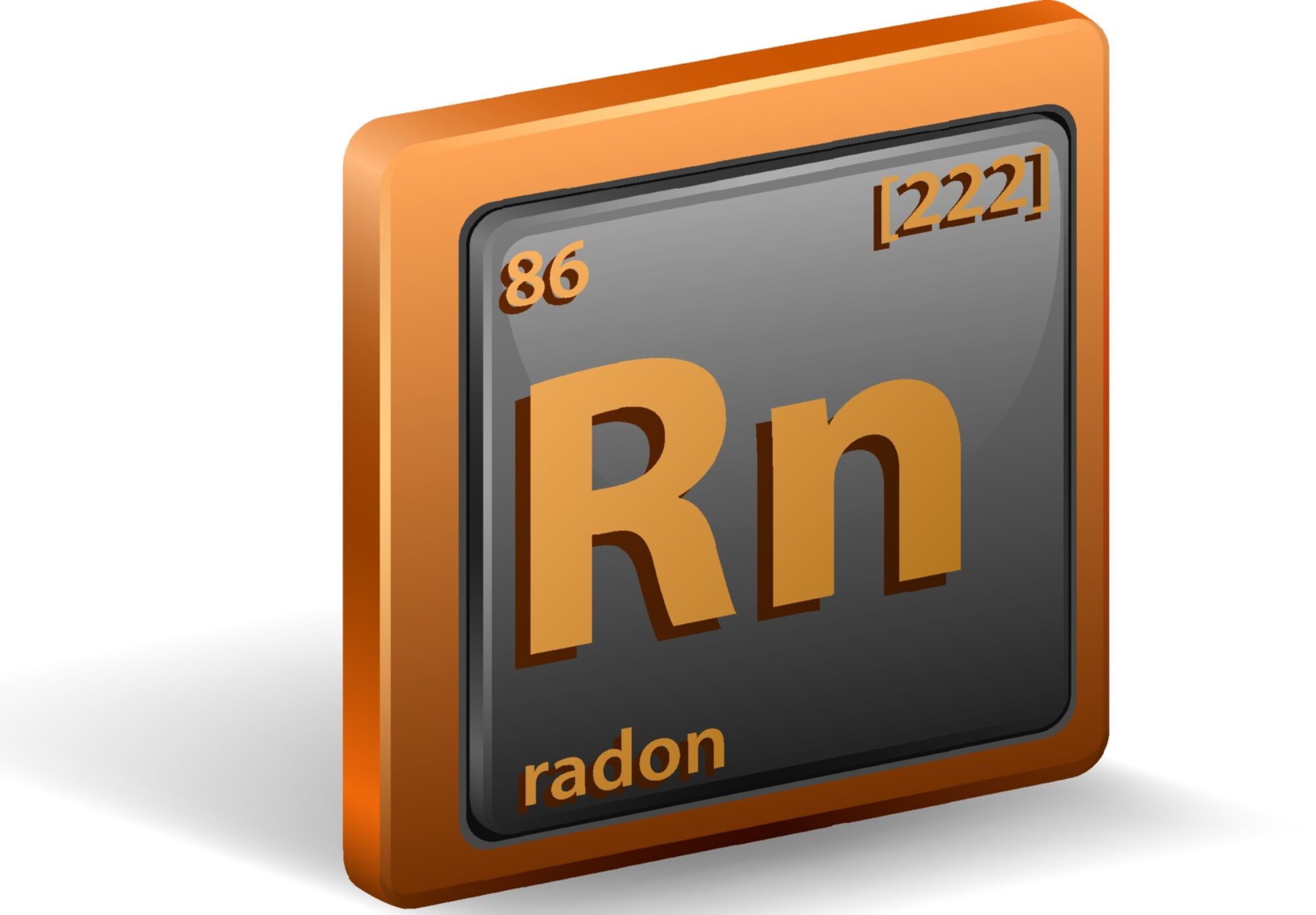Introduction: Numerous studies have firmly established a cause-and-effect relationship between exposure to radon within residential spaces and the occurrence of childhood leukemia. This association, influenced by variables such as age during exposure, gender, and exposure duration, emphasizes the necessity for targeted solutions in regions with heightened radon levels. Notably, European areas have reported a significant link between radon exposure and both lung cancer and childhood leukemia.
Health Impacts and Regional Implications: Inhalation of radon within indoor settings is closely tied to the development of lung cancer and childhood leukemia. This connection is particularly evident in regions where radon levels exceed 100 Bq/m3. Acknowledging these health risks, it becomes imperative to recommend appropriate technical and policy solutions to mitigate radon exposure, ensuring the well-being of residents.
Insights from Meta-analysis and Acknowledging Limitations: Though meta-analyses have underscored the considerable impact of residential radon on human health, it’s crucial to recognize inherent challenges. The findings exhibit significant heterogeneity and a potential publication bias, warranting careful interpretation. As we progress, revisiting this investigation when a more extensive collection of pertinent articles is available will contribute to a more nuanced understanding, overcoming current limitations.
Conclusion: The well-established association between residential radon exposure and childhood leukemia, coupled with its correlation with lung cancer, demands immediate attention. Implementing targeted technical and policy measures is essential to reduce radon exposure and foster healthier environmental conditions for residents. As research advances, revisiting meta-analyses with an expanding body of evidence will deepen our comprehension of the intricate relationship between radon exposure and human health, facilitating more effective preventive strategies.
Ref: Human Health Impacts of Residential Radon Exposure: Updated Systematic Review and Meta-Analysis of Case-Control Studies. Int J Environ Res Public Health. 2022;20(1):97.



